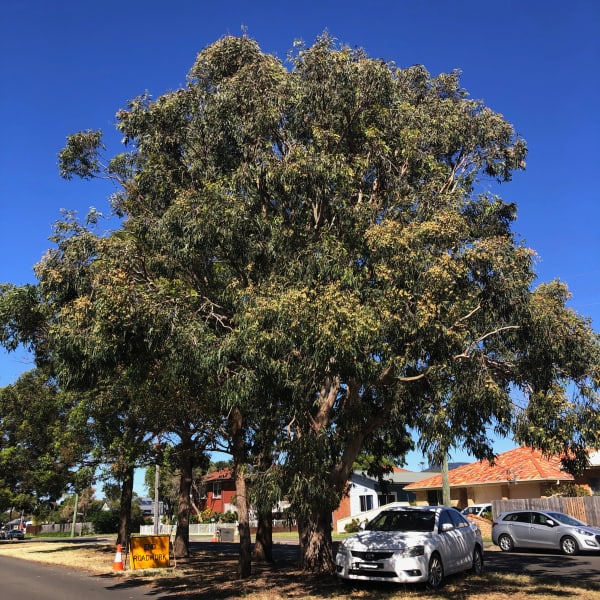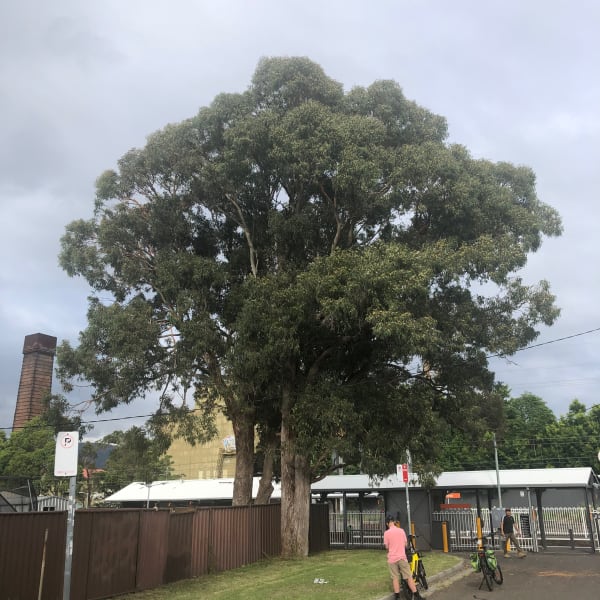National Eucalypt Day is always a meaningful day for me. Eucalypts dominate the Illawarra and Australian landscape. They are quintessentially Australian, their shapes and patterns and smells famous in many domains, from pungent eucalyptus oils used in cleaning to wooden boards for construction, logs for fires and, of course, their dominance in Australian bushland and forest.
At the same time, eucalypts seem to have little significance in the day-to-day life of our country, barely remarked upon in natural areas, parks or gardens, and often targeted for demolition, removed without question for housing developments and taken down from private and public property on the grounds that they pose a threat to life and limb.
This post is a plea for one of the many local eucalypt species, a beautiful shapely tree with outstanding habitat value, in the hope that readers might help protect these specimens where they still grow.
The Woollybutt, or Eucalyptus longifolia, is a shapely medium-sized eucalypt of the region. It is remarkable for its attractive rounded crown when growing in full sun and the beautiful large flowers that occur in threes. In full sun conditions it's quite short for a euc, reaching between five and 10m tall at most - pretty modest, I hope you'd agree.
Right now Woollybutts are flowering well and just starting to put out abundant fruit.

Woollybutt is an important component of Illawarra Lowlands Grassy Woodland, an ecological community that would once have covered much of the coastal plain across Illawarra, but that is now critically endangered due to land clearing. It's one of a dozen eucs that call Illawarra Lowlands Grassy Woodland home, including the better-known Blackbutt (Eucalyptus pilularis) and Forest Red Gum (Eucalyptus tereticornis), cousin to the famous River Red Gum (E. camaldulensis).
Woollybutt can be seen at local reserves, including Phil Adams Park in Corrimal, Wiseman Park in Gwynneville and Blackbutt Reserve in Blackbutt. There are half a dozen trees just to the east of Corrimal Railway Station, which are looking incredibly happy and healthy. This is a great place to spot Woollybutt in an urban environment – perfect for the theme of National Eucalypt Day 2024, which is urban eucalypts.
Would you grow one in your garden, or on your verge? If you're not sure, check out the verges in East Corrimal to see just how many eucs can be accommodated on a single nature strip!

Woollybutt is an outstanding habitat tree and its flowers attract hundreds of bees, birds, butterflies and, of course, bats (Grey-headed Flying Foxes). It doesn't form hollows as readily as some other eucalypt species, but does eventually provide hollows for nesting. And it's a long-lived and beautiful tree.
Who wouldn't want to grow it?





